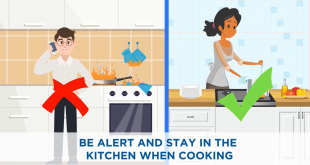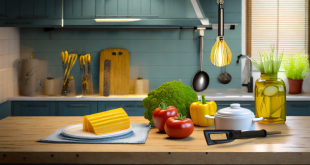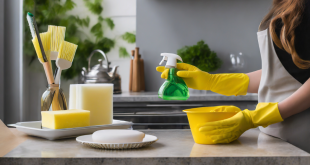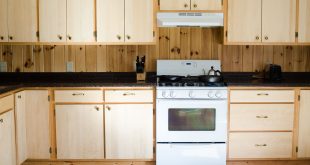Kitchen fire safety is paramount in every household. Preventing kitchen fires not only protects the property but more importantly, it safeguards the lives of the people living in the home. By being mindful of potential hazards and implementing safety measures, the risk of a dangerous kitchen fire can be significantly reduced. In this article, we will discuss the importance of kitchen fire safety and provide essential tips to ensure a safe and secure kitchen environment.
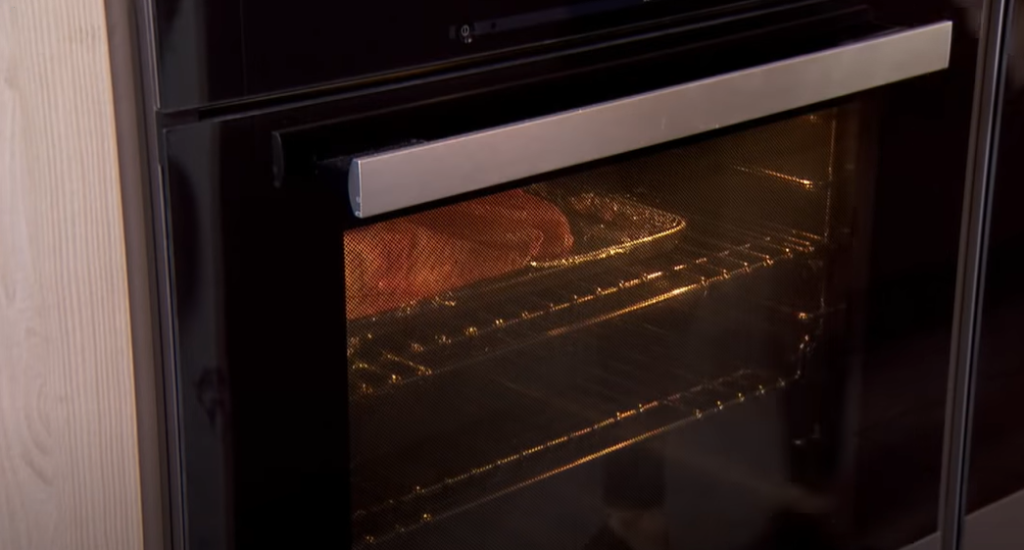
Common Causes Of Kitchen Fires
Many kitchen fires occur due to common causes that can often be prevented with simple precautions. Unattended cooking, grease buildup, faulty appliances, and flammable objects near heat sources are some of the primary culprits. By understanding these common causes, individuals can take proactive steps to minimize the risk of fire in their kitchen.
The Impact Of Kitchen Fires On Homes
When a kitchen fire ignites, the impact on homes can be devastating. Structural damage, loss of personal belongings, and emotional stress are common consequences. In severe cases, a kitchen fire can lead to injuries or even fatalities. Moreover, the financial burden of repairing or rebuilding a fire-damaged home can be overwhelming. Understanding the potential impact of kitchen fires underscores the critical need for prioritizing fire safety practices within the kitchen.
Install Smoke Alarms And Fire Extinguishers
When it comes to kitchen fire safety, one of the most critical measures you can take is to install smoke alarms and fire extinguishers. These two essential safety devices can provide early warning and help you effectively manage small fires before they escalate into a major emergency.
Types Of Smoke Alarms
There are mainly two types of smoke alarms commonly used in homes: ionization smoke alarms and photoelectric smoke alarms. Ionization smoke alarms are more responsive to flaming fires, while photoelectric smoke alarms are more effective at detecting smoldering fires. For comprehensive coverage, consider installing both types or a dual-sensor smoke alarm that combines both technologies.
Proper Placement Of Smoke Alarms
It’s crucial to position smoke alarms strategically throughout your kitchen and adjacent areas. Install smoke alarms on the ceiling or high on the wall, as smoke rises, ensuring they are at least 10 feet away from cooking appliances to minimize false alarms. Additionally, it’s recommended to place a smoke alarm in every bedroom and on every level of your home, including the basement.
Types Of Fire Extinguishers For Kitchen Use
When it comes to fire extinguishers for kitchen use, consider a portable extinguisher classified as “Class K” or suitable for kitchen fires involving cooking oils and fats. Class K fire extinguishers are specifically designed to tackle fires that are common in kitchen environments. Ensure that you select a fire extinguisher with a certification from a recognized testing laboratory to guarantee its reliability and effectiveness.
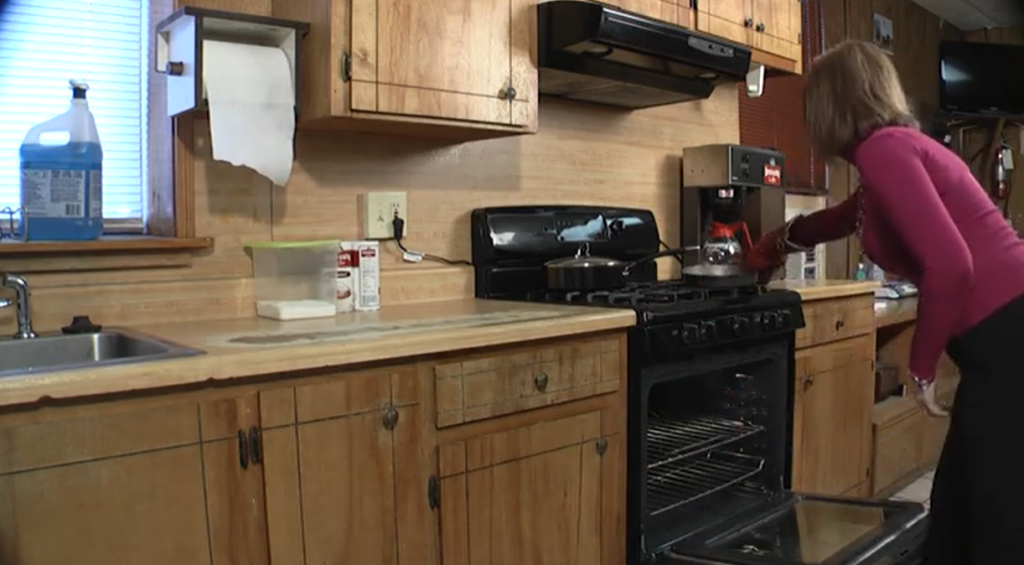
Preventing Grease Fires
Preventing grease fires in the kitchen is essential for ensuring the safety of yourself and your loved ones. Grease fires can escalate quickly and cause significant damage, so it’s crucial to understand safe cooking practices with grease and how to handle a grease fire effectively. By following these kitchen fire safety tips, you can minimize the risk of grease fires and enjoy cooking without worry.
Safe Cooking Practices With Grease
When working with grease in the kitchen, it’s important to adhere to safe cooking practices to prevent potential fire hazards. Here are some tips to keep in mind:
- Never leave hot grease unattended on the stove.
- Regularly clean grease buildup on the stovetop and range hood to reduce the risk of ignition.
- Use a splatter guard or lid when frying to contain oil and prevent splatters.
- Always keep a fire extinguisher designed for grease fires within reach while cooking.
How To Handle A Grease Fire
In the event of a grease fire, quick and appropriate action is crucial to minimize the potential damage and harm. Follow these steps to handle a grease fire effectively:
- Turn off the heat source immediately to remove the fire’s fuel supply.
- Cover the fire with a metal lid or damp cloth to smother the flames.
- Never attempt to extinguish a grease fire with water, as it can cause the fire to spread.
- If the fire is unmanageable, evacuate the area and call 911 for professional assistance.
Electrical Appliance Safety
When it comes to kitchen fire safety, electrical appliances play a crucial role in preventing potential hazards. From faulty cords to improper usage, electrical appliance safety should be a top priority in every kitchen. Here are some essential tips to ensure the safe use of electrical appliances to minimize the risk of kitchen fires.
Checking For Faulty Cords And Plugs
Inspecting electrical cords and plugs is vital for maintaining the safety of your kitchen appliances. Look for signs of wear and tear such as fraying, exposed wires, or melted insulation. Replace any damaged cords or plugs immediately to avoid potential electrical hazards.
Proper Use And Maintenance Of Appliances
Proper usage and regular maintenance are key to ensuring the safety of your kitchen appliances. Always follow the manufacturer’s instructions for operating your appliances. Additionally, schedule routine maintenance and cleaning to keep them in optimal condition and prevent malfunctions that could lead to fires.
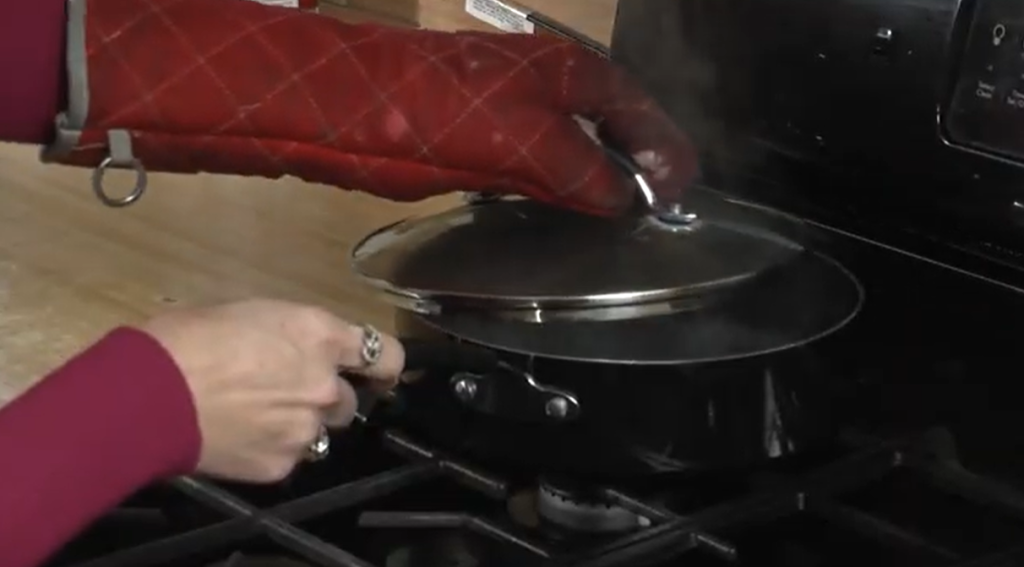
Safe Cooking Practices
Safe cooking practices are essential to prevent kitchen fires and keep your family and home safe. By implementing some simple safety measures and being mindful in the kitchen, you can reduce the risk of fire accidents significantly. Here are some essential tips to help you practice safe cooking in your kitchen.
Monitoring The Stove And Oven
- Stay in the kitchen while cooking: Avoid leaving the stove or oven unattended while in use. Responding promptly to any smoke or burning smells is crucial in preventing potential fire hazards.
- Regularly check on food: Make it a habit to check on your cooking often, ensuring that nothing is overcooking or nearing the point of burning.
- Keep flammable items away: Ensure that any flammable objects, such as dish towels, paper towels, or oven mitts, are kept away from the stove and oven to prevent accidental fires.
Dressing For Safety
- Wear appropriate clothing: Avoid wearing loose-fitting clothing that can easily catch fire while cooking. Opt for close-fitting garments and avoid wearing long, flowing sleeves.
- Secure long hair: If you have long hair, tie it back or wear a hair restraint to prevent it from accidentally coming into contact with flames or hot cooking surfaces.
- Use oven mitts or potholders: Protect your hands from burns by always using oven mitts or potholders when handling hot pots, pans, and baking trays.
Creating A Kid-free Zone In The Kitchen
- Establish a safety zone: Designate a clear and defined “kid-free zone” in the kitchen to minimize the risk of children coming into contact with hot surfaces, flames, or cooking utensils.
- Teach kitchen safety: Educate children about the potential hazards in the kitchen and the importance of staying away from the stove, oven, and other cooking appliances.
- Supervise young children: Always supervise young children closely around the kitchen, especially during cooking times, to ensure their safety and prevent accidents.
To prevent kitchen fires, follow these 10 safety tips:
1. Never leave cooking unattended.
2. Keep flammable items away from heat sources.
3. Have a working fire extinguisher on hand.
4. Install a smoke detector.
5. Handle grease with care.
6. Use caution with appliances.
7. Don’t overload electrical outlets.
8. Keep the stove and oven clean.
9. Educate everyone in the household about fire safety.
10. In the event of a grease fire, never use water.
Now, let’s delve into the importance of kitchen fire safety and how these tips can help protect your home and loved ones from potential disasters. Kitchen fire safety is of paramount importance as the kitchen is one of the most common areas where fires start in homes. By adhering to these 10 essential tips, you can significantly reduce the risk of a fire breaking out in your kitchen. This comprehensive guide will provide you with practical advice on how to prevent kitchen fires and keep your family safe. Let’s explore the key measures you can take to minimize the likelihood of a kitchen fire and safeguard your home.
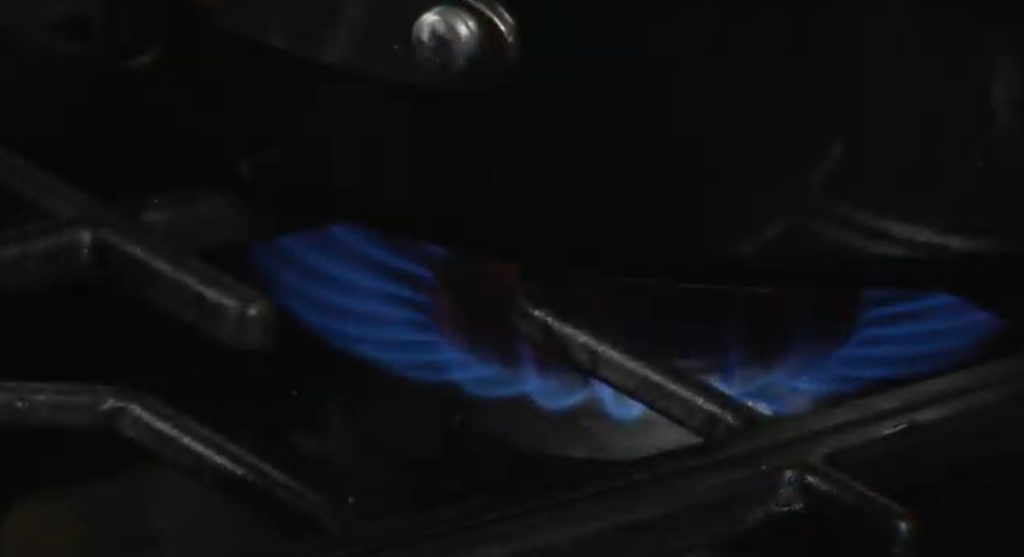
Frequently Asked Questions For 10 Kitchen Fire Safety Tips
How Can I Prevent Kitchen Fires?
You can prevent kitchen fires by never leaving cooking unattended, keeping flammable objects away from heat sources, and maintaining kitchen appliances in good condition.
What Should I Do If A Kitchen Fire Starts?
If a kitchen fire starts, immediately turn off the heat source if it’s safe to do so, smother the fire with a lid or baking soda, and call emergency services if the fire can’t be contained.
Why Is It Important To Have A Fire Extinguisher In The Kitchen?
Having a fire extinguisher in the kitchen is crucial because it provides a quick way to suppress a small fire before it spreads, potentially saving lives and property.
How Often Should I Clean My Kitchen Exhaust Hood?
It’s recommended to clean your kitchen exhaust hood at least every 3 to 6 months to prevent grease buildup, which can pose a fire hazard.
Conclusion
Kitchen fire safety is an essential aspect of maintaining a safe and functional home. By following these 10 tips, you can reduce the risk of fire and protect your loved ones and property. Implementing these simple precautions can make a significant difference in preventing kitchen fires and ensuring a secure living environment.
Making these measures a habit can potentially save lives and livelihoods.
 Support Home Optimize Home Life With Expert Support
Support Home Optimize Home Life With Expert Support
